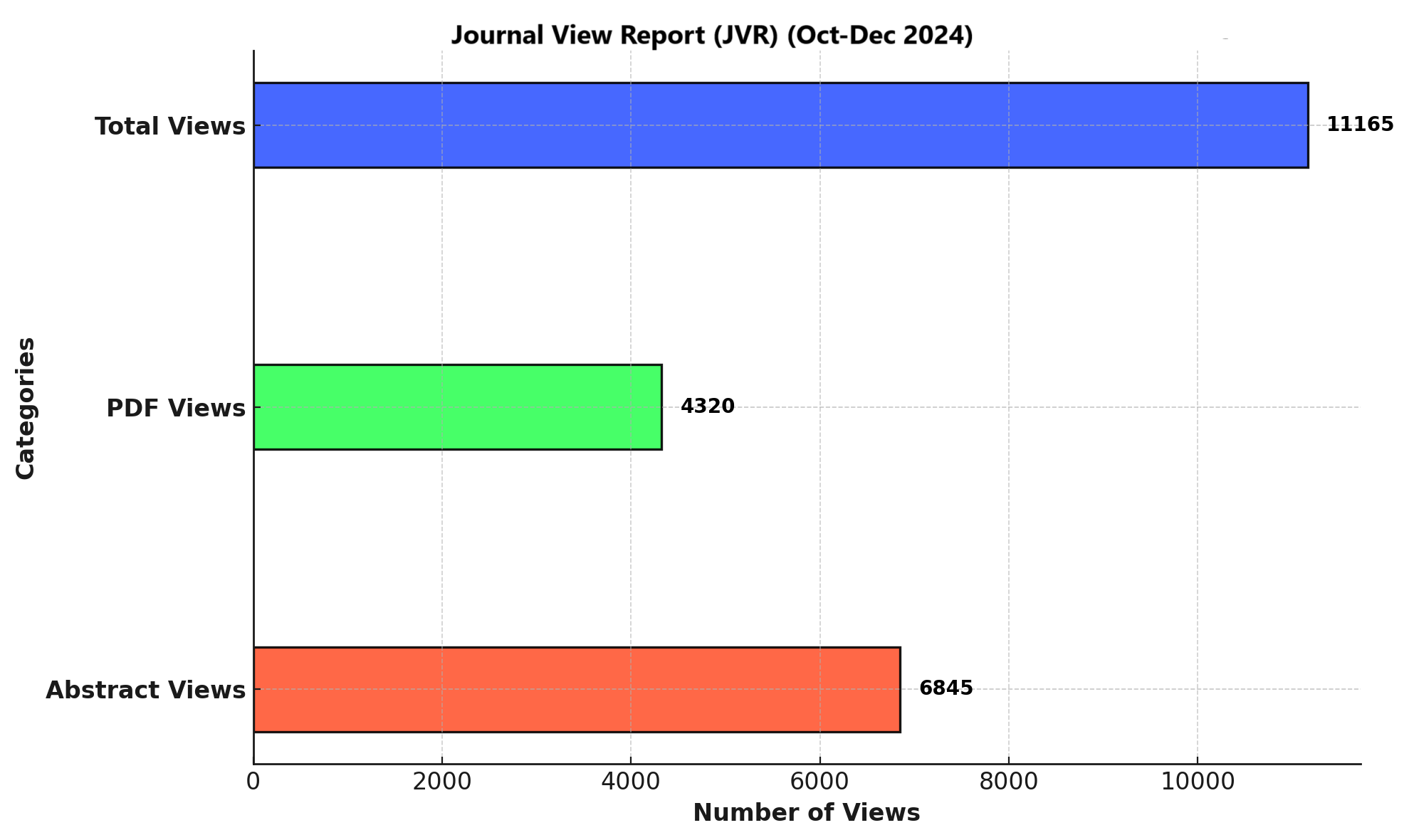Prevalence of Text Neck Syndrome and its Association with Forward Head Posture and Aerobic Capacity Among Medical Students
DOI:
https://doi.org/10.71000/ijhr77Keywords:
Prevalence, aerobic capacity, electronic devices, forward head posture, mobile phone usage, musculoskeletal disorders, posture assessment, smartphone addiction, text neck syndrome, undergraduate students, young adultsAbstract
Background: To find the prevalence of text neck syndrome and its association with forward head posture and aerobic capacity.
Objective: The objective of the study is to determine the prevalence of text neck syndrome and its association with forward head posture and aerobic capacity among medical students using electronic devices frequently.
Methods: A cross-sectional study was conducted at the University of Medical and Dental College Faisalabad on undergraduate medical students in Pakistan, from April 12, 2024, to June 12, 2024. The sample size collected was 203 using a convenient sampling technique, with participants randomly selected based on specific criteria. Upon obtaining consent, participants were administered a screening form to gather information about their age, discipline, and duration of phone or tablet usage. A goniometer was then used to calculate the Craniovertebral Angle (CVA), where a CVA of less than 49 degrees indicated forward head posture. This was followed by the performance of a 6-minute walk test to assess aerobic capacity.
Results: The total sample size was 203 and the mean age of the subjects was 18-25 years. 27.09% of participants found reduced aerobic capacity while 66.50% showed forward head posture. There was a strong significant association between forward head posture and aerobic capacity with a p-value of 0.000.
Conclusion: This study finds a high prevalence of text neck syndrome and a significant association with forward head posture and aerobic capacity. Most participants face neck pain, neck discomfort, headache, and reduced aerobic fitness due to using electronic gadgets.
Downloads
Published
Issue
Section
License
Copyright (c) 2024 Areeb Rashid, Sana Sahry, Hania Tabasum, Maryam Farooq, Zain Ali, Muhammad Waqar Younas (Author)

This work is licensed under a Creative Commons Attribution-NonCommercial-NoDerivatives 4.0 International License.







